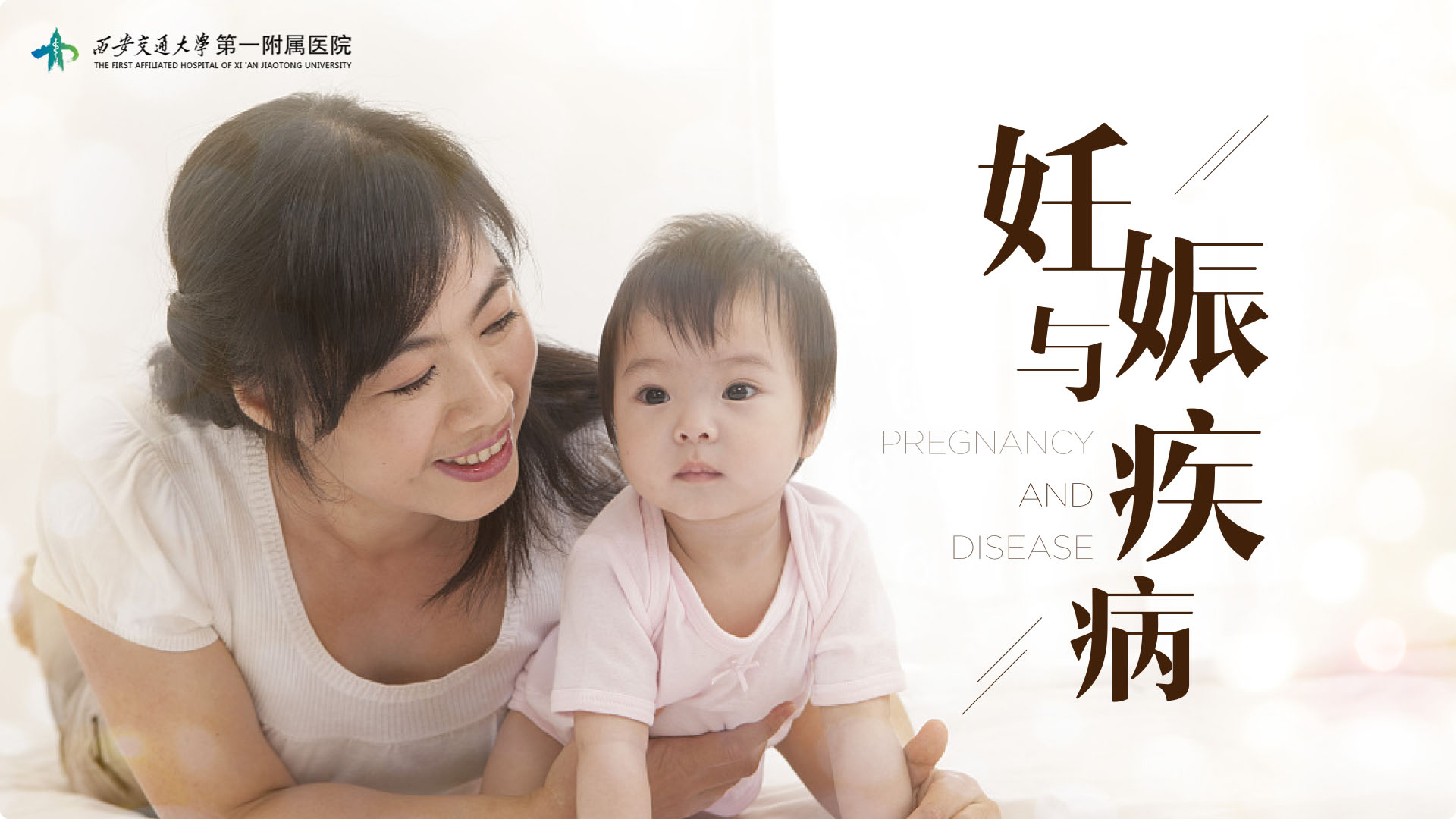
当前课程知识点:传统民俗与中华艺术 > Unit4 Literature and Art > 4.13 Chinese Folk Music > Chinese Folk Music
Dad, look, what’s that?
爸爸 快看 那是什么
Oh, that’s a traditional Chinese musical instrument,
哦 那是一种传统的中国乐器
called Erhu.
叫二胡
The tone of Erhu is impressive.
二胡的音质很动人
Can I try?
我能拉二胡吗
I think it’s better to invite
让我们邀请
Huang Xinyue and Xiong ling to play for us.
黄馨乐和熊灵来为大家演奏一曲吧
They have practised Erhu for a long years.
她们学习二胡已经许多年了
Really? That’s great!
真的吗 太棒啦
The piece they played is named “Nv’er qing” in Chinese,
她们刚才拉的曲子叫《女儿情》
it’s very nice Chinese folk music,
是非常好听的中国民乐
it’s one of the episodes of the TV serial“Journey to the west”.
是电视连续剧《西游记》的插曲之一
What do you think of that?
你觉得怎么样呢
That’s very good, can they play more?
很好啊 她们还会演奏其它曲子吗?
I want to listen to one more piece.
我想再听一首
All right,
好的
welcome Huang Xinyue and Xiong ling
让我们邀请黄馨乐和熊灵
to play another piece for us.
为大家演奏另外一支曲子
It’s called “Horse racing”.
叫《赛马》
太好听了 非常感谢
你们喜欢就好
不客气
二胡太有意思了
我也想学拉二胡
没问题
我能现在试试吗
好吧
太糟糕了
我想还是专业的演奏者拉得好
大家好
欢迎来到课堂
今天我们来讲一讲中国民乐
中国民乐是中国民族文化的精神
体现了中华民族的内在精神
旧时为精英阶层独有
中国民乐有悠久的历史
儒家经典诗经中
便记载了大量民歌
《国风》是(诗经》的一部分
收集了从西周到春秋战国时期
15个不同地区的民歌
中国传统乐器是中国文化的象征
包括古琴 古筝 琵琶 二胡 萧 和编钟
汉族传统婚礼和葬礼上
通常用唢呐和打击乐器合奏
乐手被称为“吹鼓手”
笙 唢呐 笛子和参合奏乐
在南方农村也流行
长安鼓乐起源于唐代
是以打击乐和吹奏乐混合演奏的
一种大型传统乐种
是中国古代传统音乐的珍贵遗产
被世界誉为
“中国古代音乐活化石”
今天的课就到这里 感谢收看
下次再见
-1.1 Chinese knot
-1.2 The panda
-1.3 Cheongsam
-1.4 The Great Wall
-1.5 Confucius
-1.6 Four Great Inventions of Ancient China
-1.7 Kung Fu
--Kung Fu
-1.8 Traditional Chinese Medicine
--Traditional Chinese Medicine
-Unit 1 test
--第一单元测验
-Discussion questions
--讨论题
-2.1 Baozi
--Baozi
-2.2 The Tea Ceremony
-2.3 Tangyuan
--Tangyuan
-2.4 Sugar Figurine
-2.5 Sugar-coated Haws on a Stick
--Sugar-coated Haws on a Stick
-2.6 The Alcohol
-2.7 Chinese Eight Cuisines
-2.8 Bowls and Chopsticks
-2.9 Hot-Pot
--Hot-Pot
-2.10 Dumplings
-Unit 2 test
--第二单元测验
-Discussion questions
--讨论题
-3.1 Xiangsheng
-3.2 Chinese Characters
-3.3 Chinese Dialect Groups
-3.4 Chinese Opera
-Unit 3 test
--第三单元测试
-Discussion questions
--讨论题
-4.1 The Poetry in the Tang Dynasty
--The Poetry in the Tang Dynasty
-4.2 The Poetry in the Song and Yuan Dynasties
--The Poetry in the Song and Yuan Dynasties
-4.3 Chinese Historical Tales
-4.4 Chinese Fable
-4.5 Modern Chinese Novels
-4.6 Chinese Painting
-4.7 Flower Arrangement
-4.8 The Art of Calligraphy
-4.9 Bada Shanren
-4.10 Xiang Qi ,the Chinese Chess
-4.11 Weiqi
--Weiqi
-4.12 Lion Dance
-4.13 Chinese Folk Music
-Unit 4 test
--第四单元测试
-Discussion questions
--讨论题
-5.1 The Spring Festival
-5.2 Lantern Festival
-5.3 Tomb Sweeping Day
-5.4 Dragon Boat Festival
-5.5 Qixi Festival
-5.6 The Mid-Autumn Festival
-5.7 Double Ninth Festival
-5.8 The Laba Festival
-Unit 5 Test
--Test
-Discussion questions
-6.1 Chinese Gardens
-6.2 Courtyard House
-6.3 Hutong
--Hutong
-6.4 Huizhou Architecture
-6.5 Buddhist temples and pagodas
--Buddhist temples and pagodas
-6.6 Chinese palaces
-6.7 Zhaozhou Bridge
-6.8 Buildings of Classical Learning Academies
--Buildings of Classical Learning Academies
-6.9 Memorial Archway
-Unit 6 Test
--Unit 6 Test
-Discussion questions
-7.1 Terracotta Warriors
-7.2 The Potala Palace
-7.3 Longmen Grottoes in Luoyang
-7.4 Mogao Grottoes in Dunhuang City
--Mogao Grottoes in Dunhuang City
-7.5 Shaolin Monastery
-7.6 The Forbidden City
-7.7 Temple of Heaven
-7.8 Chengde Mountain Resort in Chengde
--Chengde Mountain Resort in Chengde
-7.9 Pingyao
--Pingyao
-7.10 Lijiang Old Town
--LIjiang
-Unit 7 Test
--Unit 7 Test
-Discussion questions
-8.1 Jade burial suit
-8.2 Bianzhong
-8.3 Four-goats Square Zun
-8.4 Along the River During the Qingming Festival
--Along the River During the Qingming Festival
-Unit 8 Test
--Unit 8 Test
-Discussion questions
-9.1 Table Manners
-9.2 Birthday Celebration Customs
--Birthday Celebration Customs
-9.3 Chinese Wedding and Funeral Custom
--Chinese Wedding and Funeral Custom
-9.4 Honor the Teacher and Stress Education
--Honor the Teacher and Stress Education
-9.5 Social Etiquette
-9.6 Secretive Twelve Chinese Zodiac Signs
--Secretive Twelve Chinese Zodiac Signs
-9.7 Filial Piety
-9.8 Worship Rituals
-9.9 Gift Culture
-9.10 Temple Fair
-9.11 Honesty and Trustworthiness
-9.12 Hundred Family Surnames
-9.13 Family Roots
-9.14 The Spring Festival Couplets
--The Spring Festival Couplets
-9.15 The Spring Festival Pictures
--The Spring Festival Pictures
-9.16 Exchanging Red Envelopes
-Unit 9 Test
--Unit 9 Test
-Discussion questions
-10.1 Chinese Paper Cutting
-10.2 Printing and Dyeing
-10.3 Porcelain
-10.4 Chinese Kite
-10.5 Colorful Lantern
-10.6 Folk Toys
-10.7 Writing Brush
-10.8 The Art of Seals
-10.9 Chinese Embroidery
-10.10 Stone Carving
-10.11 Abacus
--Abacus
-10.12 Seal Carving
-10.13 The Shadow Puppetry
-10.14 Beijing Dough Figurines
-Unit 10 Test
--Unit 10 Test
-Discussion questions
-11.1 Mount Tai
-11.2 Mount Huangshan
-11.3 Mount Wutai
-11.4 Qomolangma
-11.5 Zhangjiajie Forest Park
-11.6 Guilin Scenery
-11.7 JiuZhaigou
-11.8 Hulunbeier Grassland
-11.9 Huang guoshu Waterfall
-11.10 Gulangyu
--Gulangyu
-11.11 West lake
-- West lake
-11.12 Qinghai Lake
-11.13 Mount Lushan
-Unit 11 Test
--Unit 11 Test
-Discussion questions

